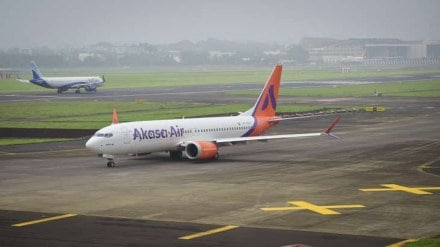Akasa Air, housing a fleet of 22 Boeing 737 Max planes, has officially stated its decision not to alter the standard mid-cabin door configuration in response to the recent Alaska Airlines incident. The airline executive emphasized that this standard configuration, found in various narrow-body and wide-body aircraft, serves the purpose of an emergency exit door not located over the wings.
Akasa Air’s firm stance on mid-cabin door modification
In an internal communication to staff, Akasa Air’s Chief of Flight Safety, Gaurav Pathak, confirmed the airline’s steadfast decision not to modify the standard mid-cabin door on any existing or future aircraft. Pathak clarified that mid-cabin doors are common in certain aircraft models, and some airlines choose to replace them with a ‘plug’ during production or the aircraft’s operational life.
DGCA’s precautionary measures for Boeing 737-8 Max
As a precautionary measure on January 6, DGCA directed all Indian operators with Boeing 737-8 Max aircraft to ensure the proper operation and closing of over-wing emergency exits. The checks were satisfactorily completed by Air India Express, SpiceJet, and Akasa Air, including one B737-8200 aircraft with a mid-cabin door, where the operational check was also successful.
DGCA orders inspection after Alaska Airlines incident
Following the Alaska Airlines mid-cabin door plug incident on January 5, the Directorate General of Civil Aviation (DGCA) instructed Akasa Air, along with Air India Express and SpiceJet, to inspect the wing emergency exits of their Boeing 737-8 Max planes. The subsequent checks yielded satisfactory results with no adverse findings.
As of now, Indian carriers do not have Boeing 737-9 Max aircraft in their fleets, according to the latest information available.
